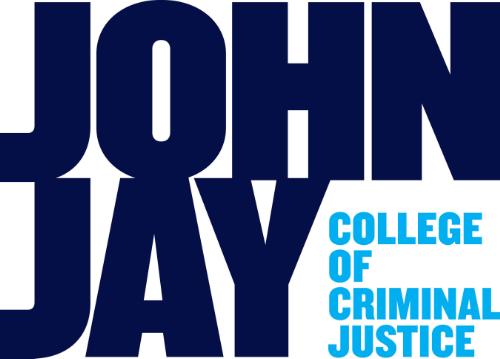
Publications and Research
Document Type
Article
Publication Date
11-18-2018
Abstract
Purpose
Risk Terrain Modeling (RTM) has been effectively used to spatially diagnose risk for crimes such as robbery, aggravated assault, and gun violence. An important contribution is to consider how risk differs across individual crimes and different target types. This study tests four different robbery target types in unique models to examine the potential for variation across significant risk factors and high-risk locations.
Methods
Using the online diagnostic software RTMDx, individual robbery models were run for four robbery target types in Denver, Colorado: commercial (businesses), carjacking (driver/vehicle), residential (home/dwelling), and street (pedestrians). A conjunctive analysis of case configurations was also conducted to determine the potential for spatial differences in high-risk places across target types.
Results
The results indicate that there is variation across risk factors, and observable differences in risk factor spatial influence, operationalization and relative risk values in each target model. Convenience stores were the only risk factor significantly associated with every target type and the conjunctive analysis matrix found that very few places were high-risk for all four robbery types.
Conclusions
The findings suggest different target types should be analyzed individually and interventions should focus on different high-risk locations and be tailored to specific target types.


Comments
This is the authors' manuscript of an article originally published in the Journal of Criminal Justice, available at https://doi.org/10.1016/j.jcrimjus.2018.11.003.